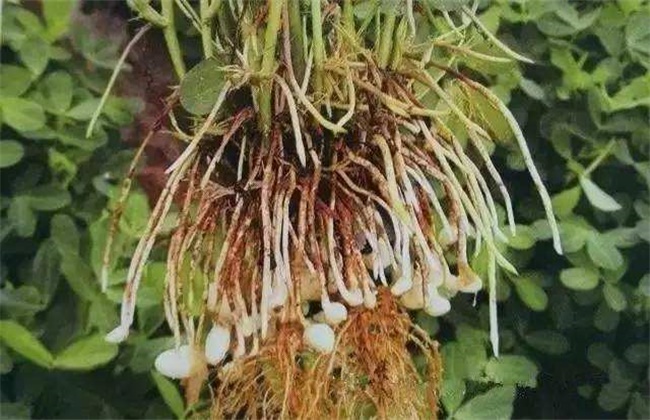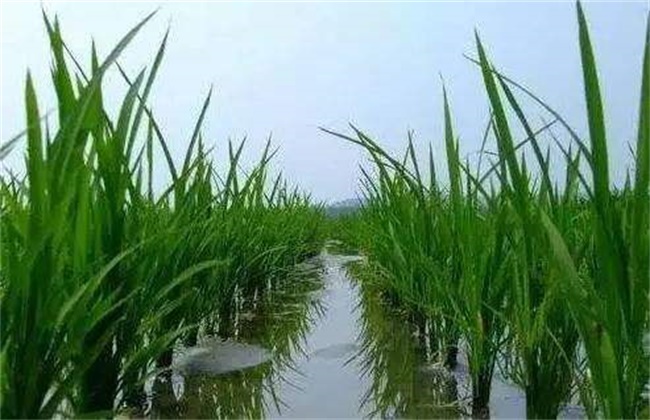Key points of Peanut Needle period Management
Peanut needling stage is a period from initial flowering to chicken-head-shaped young fruit appearing in 50% of peanut plants, a period from vegetative growth to reproductive growth, and a period of vigorous fertilizer demand and water sensitivity, at which yield and quality in the later stage of management relationship. So how to manage the peanut needle period? Let's learn about it together with Xiaobian.

1, watering and fertilizing
Peanut flower needle is sensitive to water before entering soil. If soil moisture is poor or rainfall is insufficient, irrigation should be timely supplemented with water. Flower needle stage is the key period for peanut nutrient growth to reproductive growth. At this time, peanut needs fertilizer later and sensitive, especially for sandy soil with poor soil fertility and water conservation. 100 grams of potassium fertilizer can be applied per mu. In addition to potassium fertilizer, urea should be added 2-3 kilograms per mu to meet the fertilizer demand of peanuts.
2. Cultivation
Combined with cultivation, first hoe to break the topsoil layer, the fine soil to the peanut root heap, conducive to the formation of effective peanut fruit needle. Through intertillage, the soil layer can be loosened, the permeability is better, and the flower needle is also beneficial to be inserted, so that the peanut yield can be effectively improved through the fruit setting rate. At the same time of cultivation, weeds doped between ridges and peanut seedlings should be thoroughly uprooted from the roots to reduce the conflict between weeds and peanuts for water and fertilizer, and the peanut plants should grow vigorously and lay a high yield foundation.
3. Spraying growth regulators
Peanut flowering needle stage if high temperature and rain, insufficient light, photosynthesis weakened, will affect the accumulation of dry matter peanut, resulting in reduced flowering. Plant growth regulator can be sprayed at flowering stage, which can obviously enhance photosynthesis of leaves, improve pollen fertilization rate, promote peanut needle laying, increase flowering quantity and pod bearing tree, and enhance drought resistance and disease resistance of peanut. When using plant growth regulators, we must pay attention to the concentration, spray evenly, not heavy spray, leakage spray, can also be mixed with borax solution spray together. At the same time, for vigorous plants, spraying paclobutrazol once from full bloom to pod setting stage can obviously inhibit plant growth.
4. Prevention and control of pests and diseases
Peanut production on the spring pests are mainly aphids, cotton bollworms, red spiders and so on. Aphids can be controlled by imidacloprid spray. The second and third generation cotton bollworm often transfer to peanut fields for harm. Insecticides such as beta-cypermethrin can be used for control. For red spiders, special pesticides such as pyridaben or saomanjing can be selected for control. The diseases in spring include stem rot and root rot, which should be mainly prevented. Careful management should be carried out at ordinary times to improve the disease resistance of plants. Carbendazim and thiophanate-methyl should be sprayed for prevention. Spraying once every other week has excellent control effect.
The above is the peanut needle period management points introduction, hope to help you, want to know more related knowledge, please pay attention to us.
Related
- The first cup of black tea in spring, the flavor and history of tea gardens in Kenya, Africa
- The computer can not only choose potatoes, but also grow tea rice. AI will grow winter oolong tea champion.
- It is not only the inflated tea bitten by insects, but also engraved with the four seasons tea in Beipu.
- The Oriental Beauty Tea Festival in Zhuxian County takes the stage at the weekend to experience the plus-size feast of oil tea.
- & quot; Oriental Beauty Tea & Exploration of Emei in Hsinchu, the hometown of quot;
- The new variety of strawberry "Tainong 1" dessert is the first choice with mellow aroma. Crimson gorgeous
- History of Tea in Taiwan: from Wild Inner Mountain to Export Tea Garden
- Two types of Taiwan Oriental Beauty Black Tea won the British three-Star Award for Childhood Tea Xiang Zhang Jiaqi changed from pilot to champion tea maker.
- Banana species and varieties: the planting history of Taiwan Xianren banana and dwarf banana is long, is banana disease resistant?
- Coffee planting Technology: Qianjie Coffee from Seedling to harvesting



